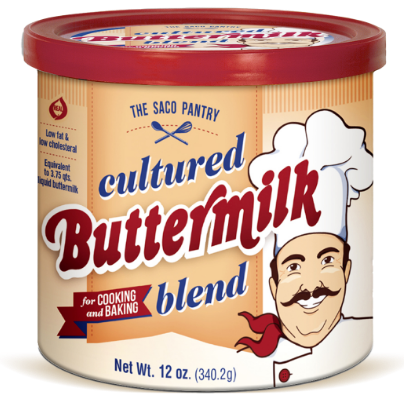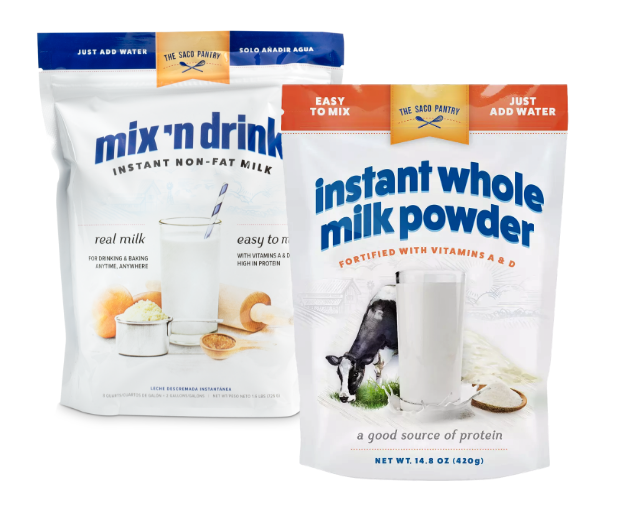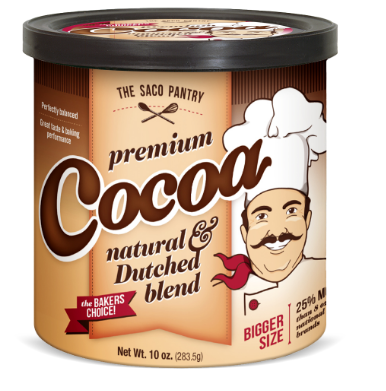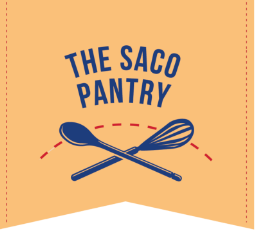FREQUENTLY ASKED QUESTIONS
We have put together a list of the most common questions we receive to provide you with quick answers. If you can’t find what you are looking for, don’t hesitate to contact us for further assistance.
Mix’n Drink – Lactose Content: 23 grams of dry Mix’n Drink (enough powder for 1 cup of milk) contains 52% lactose. Drinking a straight glass of milk gives you a high percentage of lactose and will cause problems with many lactose-intolerent people.

SACO Buttermilk Blend
The amount of whey consumed, from the Buttermilk Blend, in one serving of any baked good made with the product, would be so minimal that it would more than likely not to cause any trouble for you, but the decision whether to use it or not lies with you.

SACO Powdered Milk

SACO Cocoa Powder
CHUNKS caffeine content: One entire 12 oz. bag of SACO Real Semi-Sweet Chocolate CHUNKS contains only 200 mg of caffeine. Dolci Frutta caffeine content: In a one ounce serving (30 grams, or 1/8th of the container), there is only 1.7 mg of caffeine, less than half a cup of decaffeinated coffee.
An interesting fact found in my research; one cup of coffee made in an automatic drip coffee maker contains 142 mg of caffeine. One cup made in an electric perk machine only contains 100 mg. Those of you looking to wake up better use those automatic drip coffee makers!
